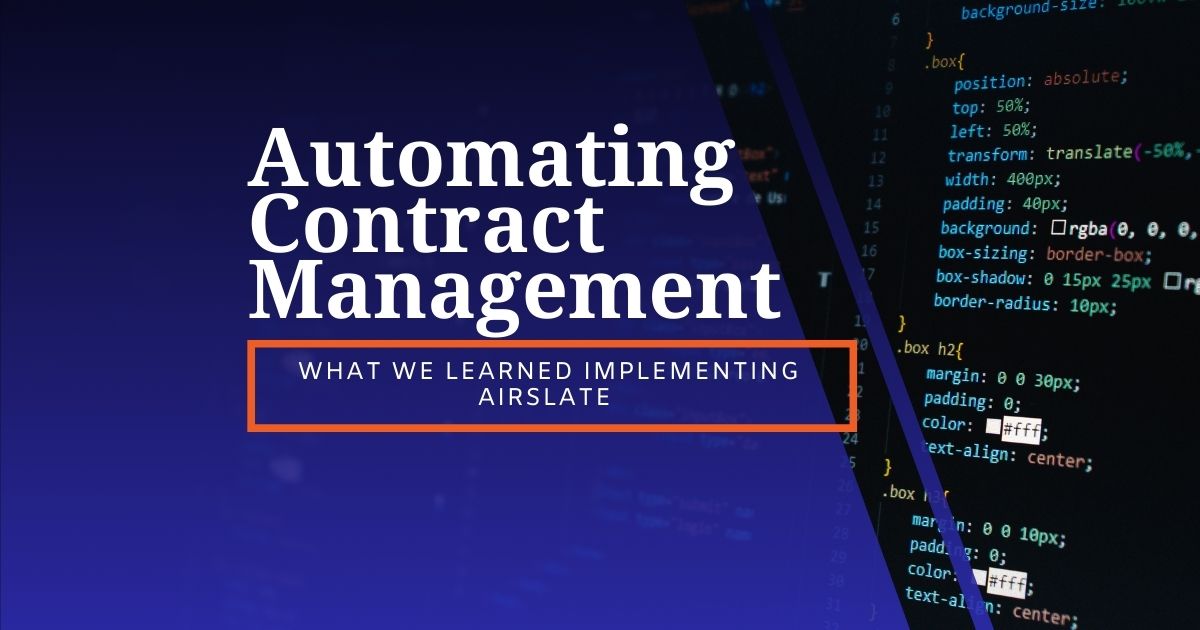Transcribing Voice Calls into Productive Actions in Real Time

Get Expert Salesforce, Traction Rec and Litify Support
The Challenge of Manual Transcription
Voice calls are still the backbone of internal and external communication for organizations across any industry. To ensure this communication is effective, it often needs to be transcribed. For example, if you have an important meeting with a client, somebody would have to take notes throughout the meeting for future reference, correct? Similarly, hospitals need to keep all records of conversations with patients, and call centers need to do the same with customers. But transcribing these calls is time, labor, and cost–intensive, especially at high volumes. According to Bureau of Labor Statistics, there were 19,600 court reporters and 57,400 medical scribes in the United States in 2016. And human transcribers can charge $3 or $4 per minute!
AI-Powered Transcription: A Game Changer
We live in the age of automation, and AI—especially machine learning—has a huge role to play. Although there are multiple areas that AI has helped automate, the one that personally interests me the most is real-time voice call transcription.
How does it work? In simple terms, AI converts one form of data, audio, into another form of data, text. But believe us, the process is anything but simple. There are many factors that come into play for a voice call transcription to be carried out effectively. Accuracy is the biggest one. Without an accurate transcription, things like hospital patient records (and patient health), the reputation of companies, or important and expensive court trials are at stake. Trying to capture different voices, accents and languages all while drowning out any background noises from a call can be a mammoth task. Despite these challenges, AI is making significant progress in voice call transcription.
It all started in the 1990’s when big players like Google, Microsoft and Amazon started researching “voice recognition by using AI”. This eventually resulted in the creation of Google Voice, Cortana and Alexa. Since then, we have moved towards much better voice recognition as well as voice typing and voice transcribing. Today there are many more companies working on AI–driven voice transcribing tools. The tools in the market today can not only transcribe your important voice calls but also log them in your CRM systems.
What’s more is that these AI tools are being modified to become more industry specific resulting in them solving customer issues, selling products and services, etc. For instance, if you worked at a call center it would be a game changer if you had the solutions presented to you based on keywords used by a customer voice in real time. You would be better equipped to answer questions that you know little or nothing about, thus improving the customer support experience. Another scenario where voice transcription might make a huge difference would be during an important client conference call that involves multiple people. Imagine how difficult it would be for one person to accurately take notes for the entire meeting? And missing out any bit of the conversation is just not an option. Also, this call has to be logged in your CRM afterwards. Did you know that there are AI tools out there that can do all the above for you? These are just a few examples of what AI is capable of. And though there is still a lot of room for improvement, AI is a game changer when it comes to the voice call landscape, and I’m excited to see what the future holds.
Transform What’s Possible With
Salesforce
Traction Rec
Litify
Salesforce
Unlock the full potential of your platforms and make the impossible a reality with ECHO Technology Solutions.








